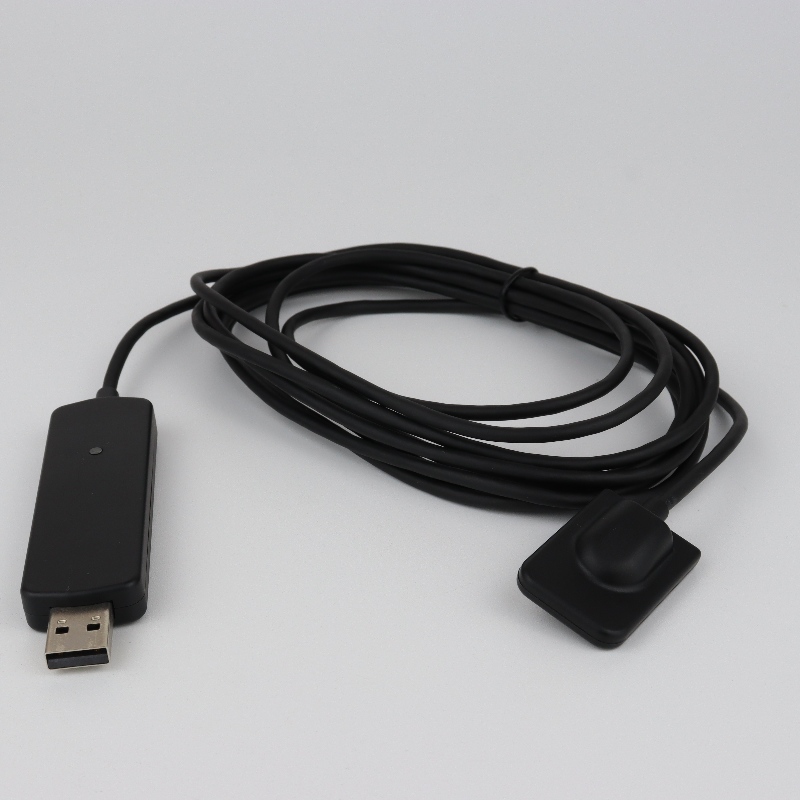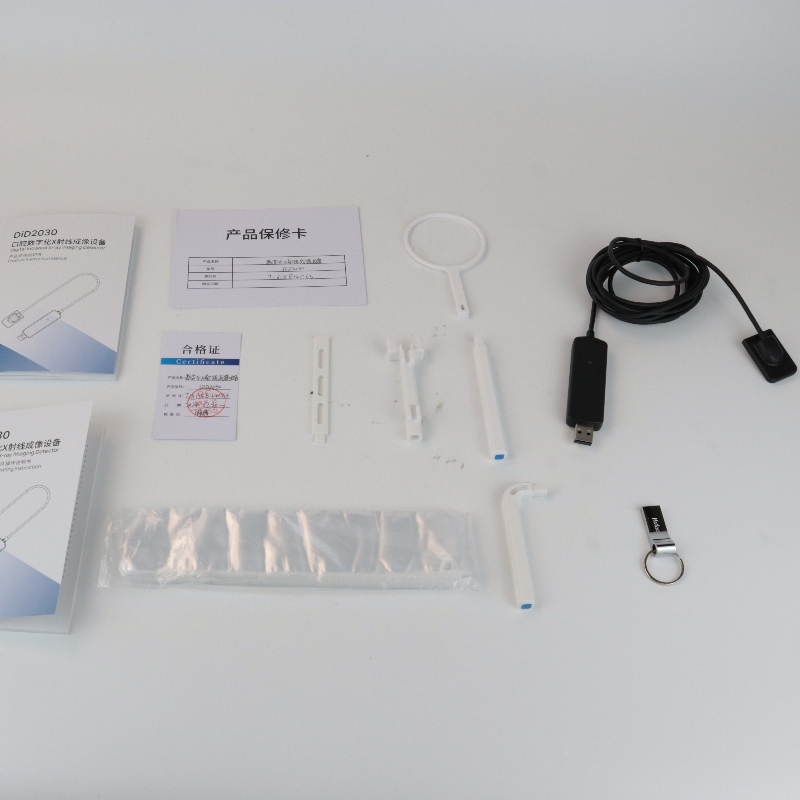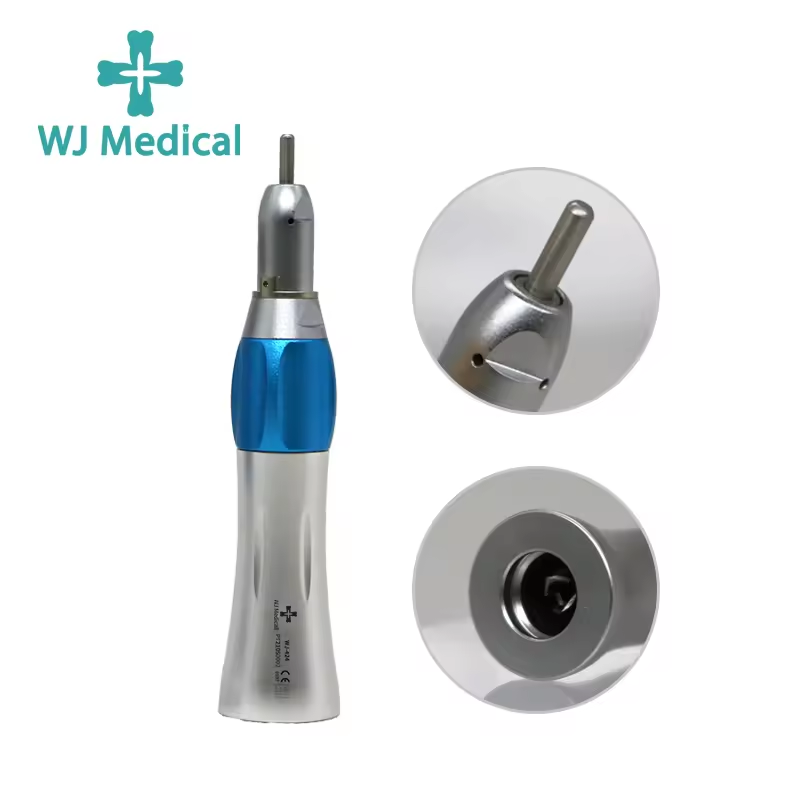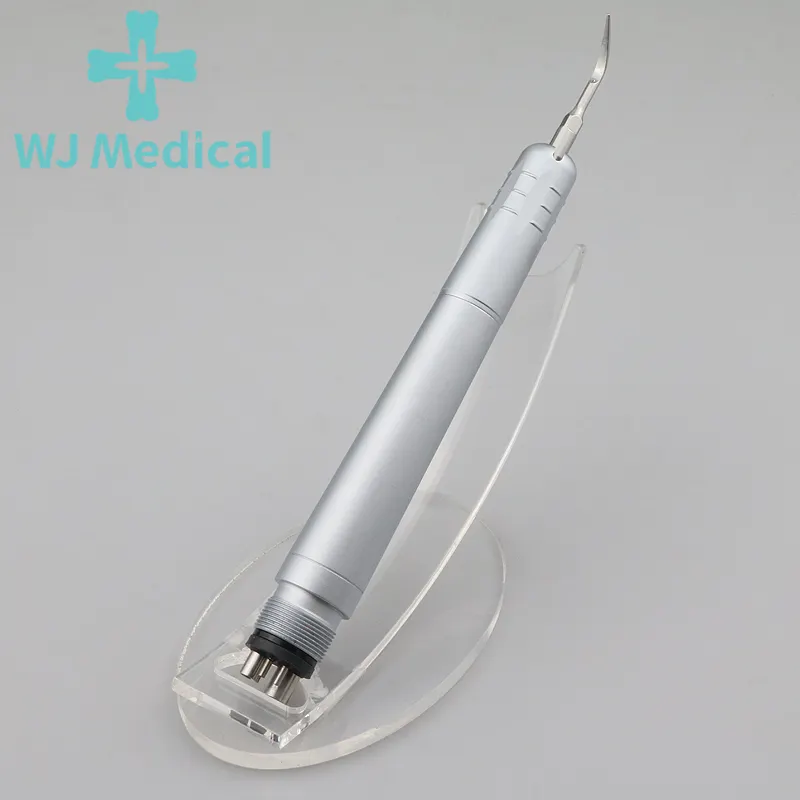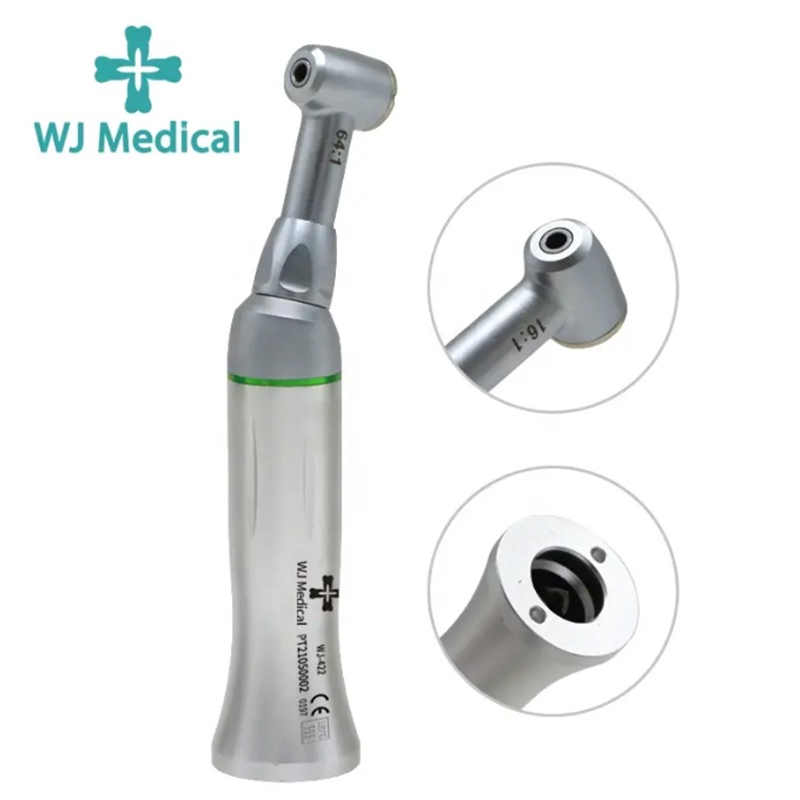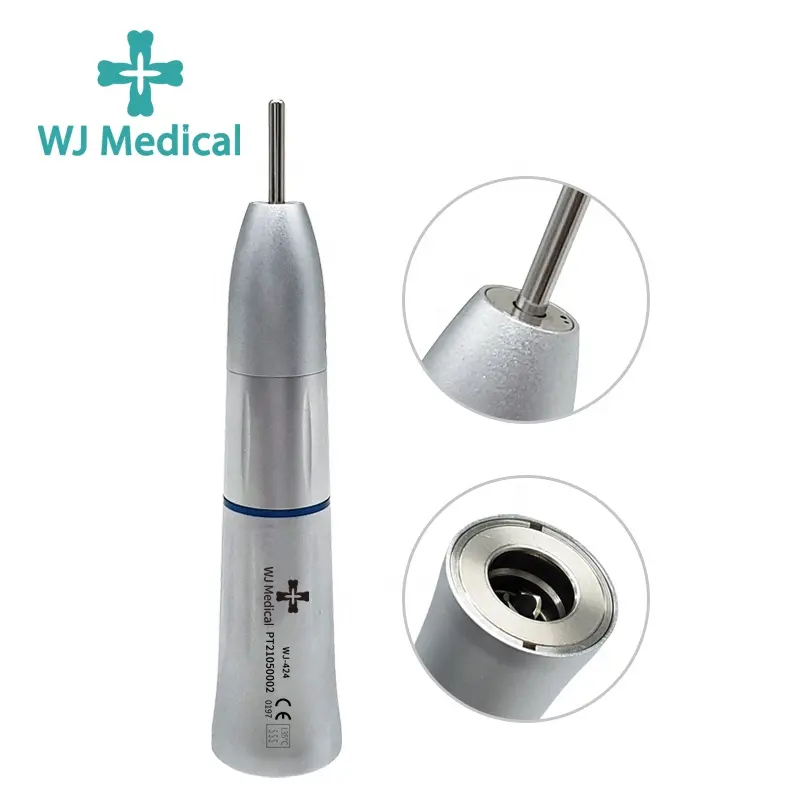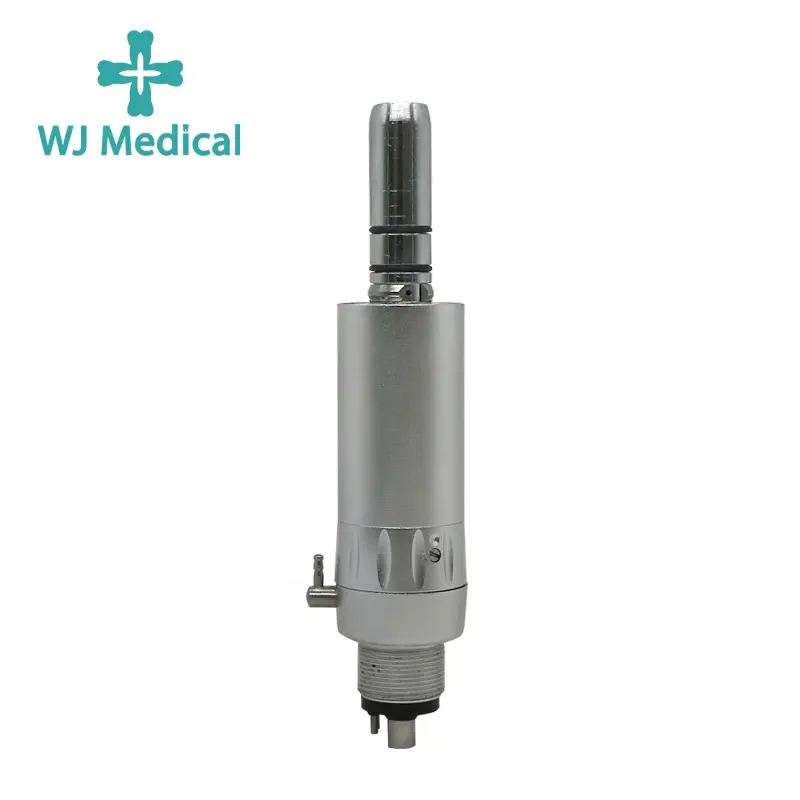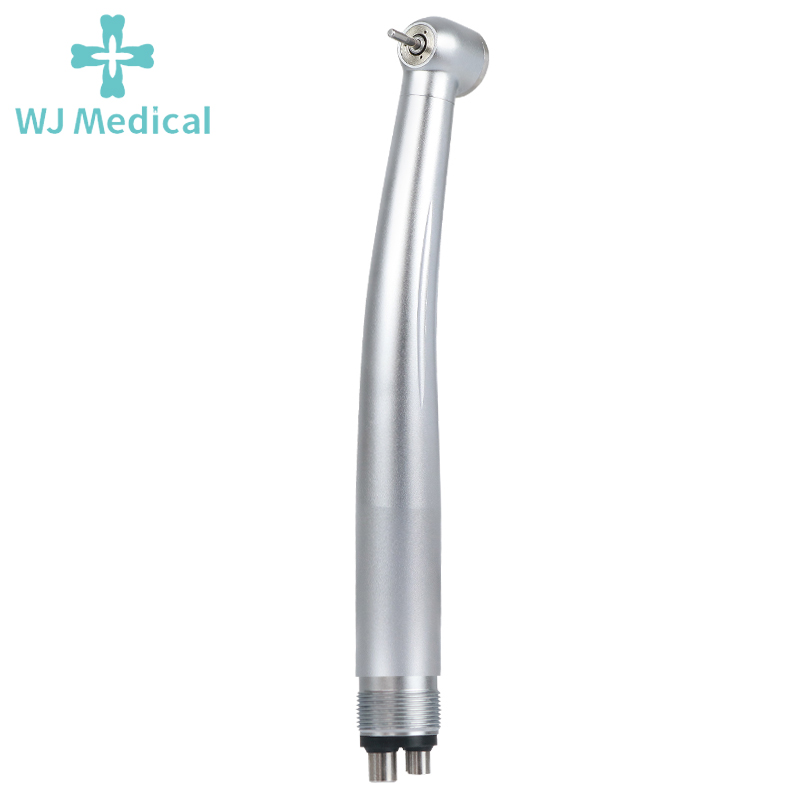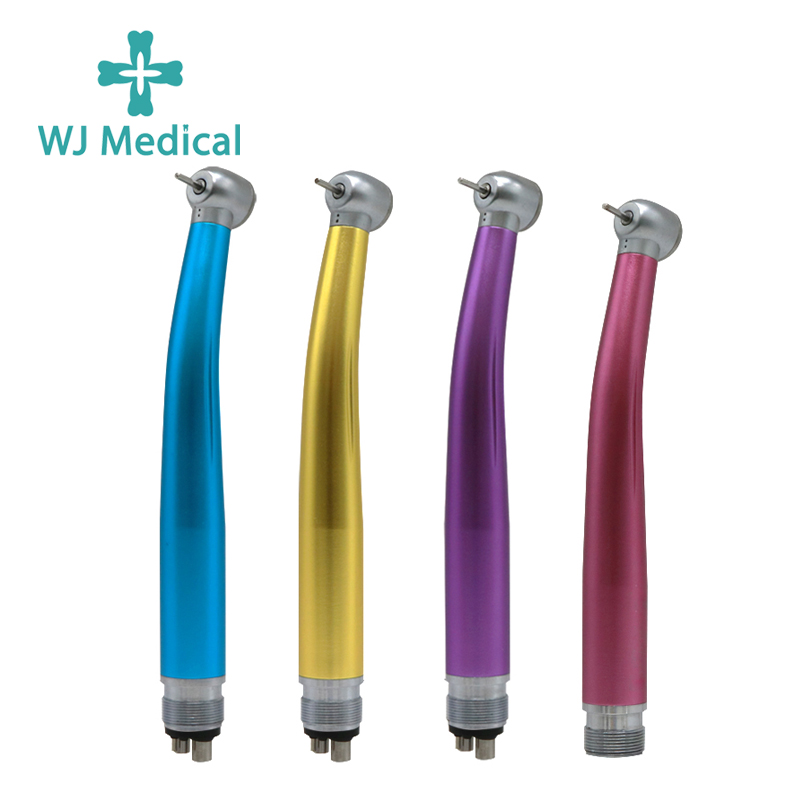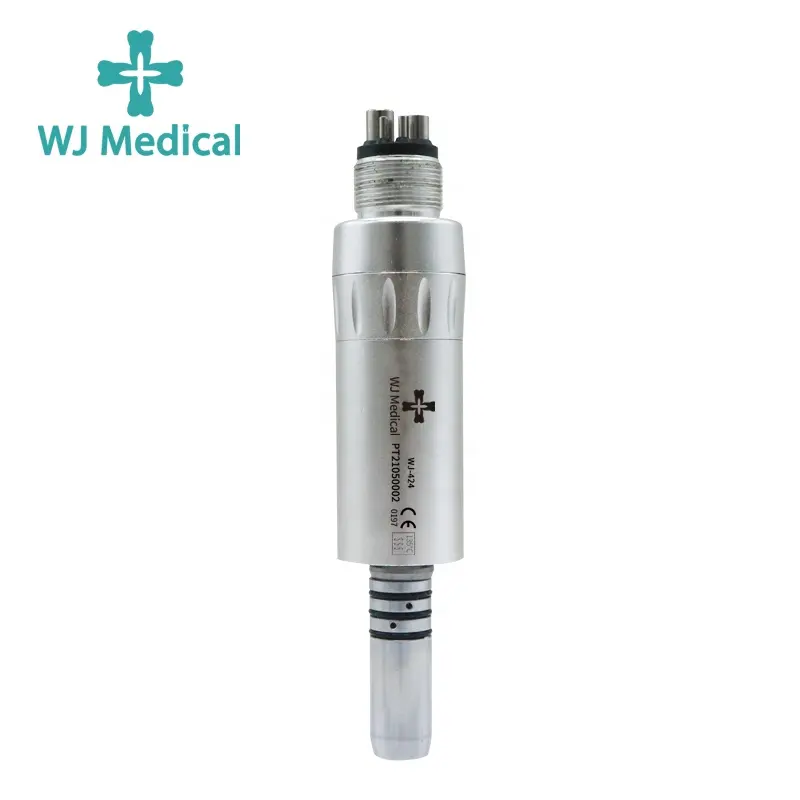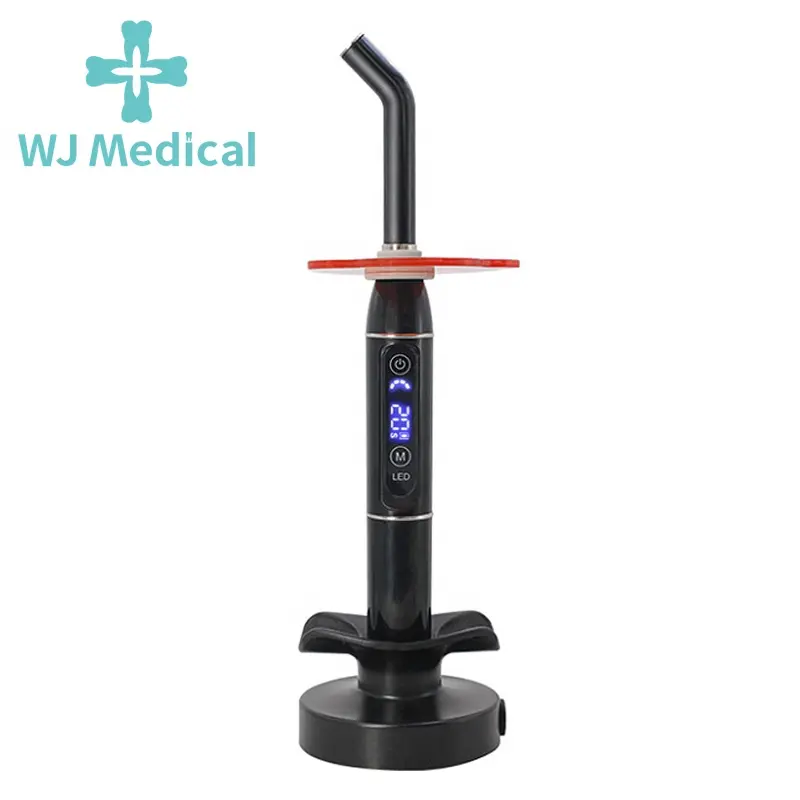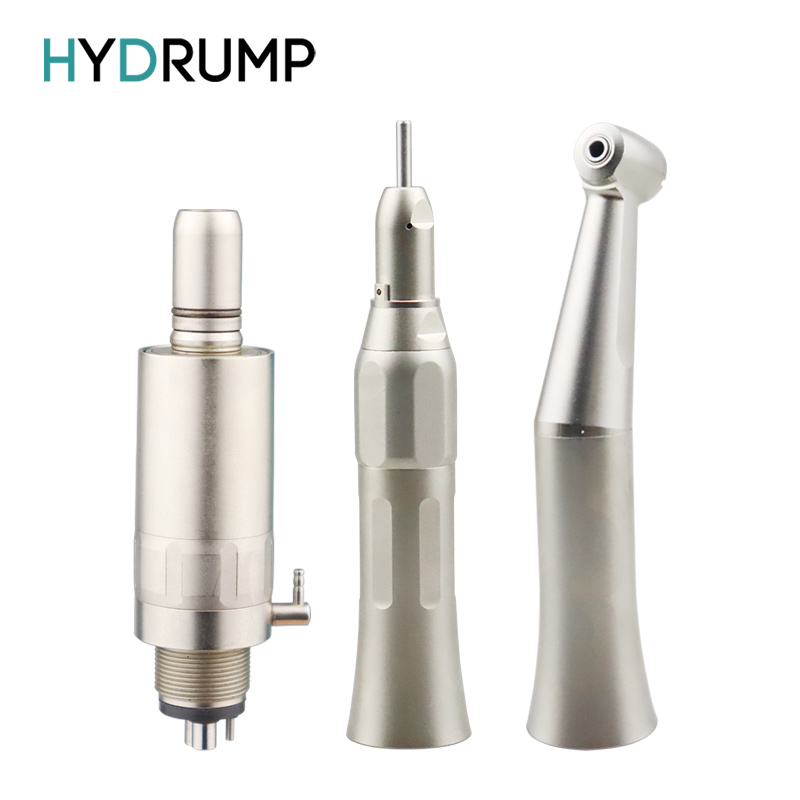What is the dental x ray sensor?
Dental x ray sensors are electronic devices used for diagnosing and treating dental diseases. Here is a detailed introduction to dental x ray sensors:
I. Main Functions
The primary role of dental x ray sensors is to measure various parameters inside the oral cavity, such as pressure, temperature, humidity, etc., thereby aiding dentists in making precise diagnoses and treatments.
II. Types
Currently, dental x ray sensors are mainly divided into two types:
Pressure x ray sensor: Used to measure the pressure on the tooth surface, commonly known as the "bite force x ray sensor". Its principle involves using a resistive x ray sensor, where a thin metal sheet is laid on the x ray sensor surface. When an object applies pressure, the resistance value of the metal sheet changes. The x ray sensor converts the changed electrical signal into a digital signal, which is then analyzed by a computer to determine the bite force of the teeth.
Temperature x ray sensor: Used to measure the temperature inside the teeth. Its principle involves using a thermistor, where the resistance value changes when the temperature changes. The x ray sensor converts the changed electrical signal into a digital signal, which is then analyzed by a computer to obtain the temperature inside the teeth.
III. Features and Advantages
High Imaging Quality: Dental digital x ray sensors can provide high-definition digital images, helping doctors observe dental and periodontal tissues more accurately. They have strong detail display capabilities, such as clearly presenting tooth decay, apical lesions, etc.
Instant Imaging: After exposure, images can be viewed immediately on connected devices, eliminating the need for film processing, significantly improving diagnostic efficiency, and enabling doctors to promptly make diagnosis and treatment plans for patients.
Easy Operation: Usually connected to a computer via USB or other interfaces. During use, a disposable protective cover is placed over the x ray sensor and inserted into the corresponding position in the patient's oral cavity. The operation is relatively simple, and healthcare personnel can quickly master it after some training.
Good Repeatability: Images of the oral cavity can be taken multiple times as needed, obtaining images from different angles or states, facilitating comparison and analysis of changes in the condition.
IV. Applications
When using dental x ray sensors for imaging, the following points should be noted:
Periapical Film Imaging: When taking periapical films, place the x ray sensor on the lingual side (upper teeth) or palatal side (lower teeth) of the patient's teeth, ensuring that the center of the x ray sensor coincides with the long axis of the tooth. This ensures that X-rays can vertically penetrate the tooth and x ray sensor, obtaining clear and accurate periapical images.
Bitewing Film Imaging: For bitewing films, place the x ray sensor between the upper and lower teeth and ask the patient to bite down gently. During placement, pay attention to the accuracy of the x ray sensor's position to ensure it fully covers the dental area that needs to be examined, avoiding incomplete imaging of some teeth.
Parameter Settings: Adjust the X-ray machine parameters according to factors such as the patient's age and dental condition. Generally, due to incomplete tooth and jaw bone development, pediatric patients require lower X-ray parameters (such as voltage, current, and exposure time) than adult patients.
In summary, dental x ray sensors play an important role in dental diagnosis and treatment. With the continuous development of technology, the performance and functionality of dental x ray sensors will continue to improve, providing dentists with more accurate and efficient diagnostic and treatment tools.
